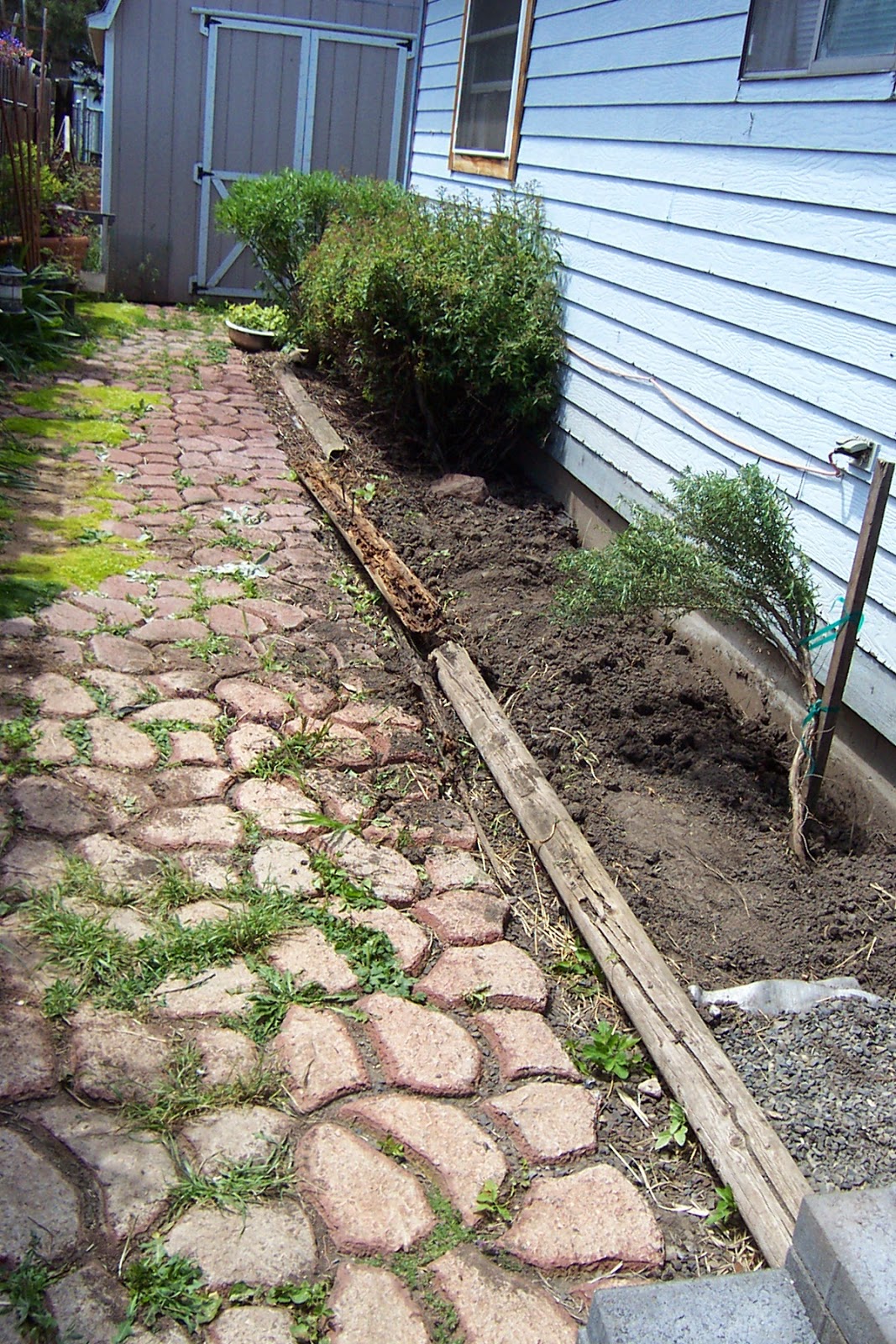Our garden has several varieties of flowers that are self-seeding, a few herbs and one type of spinach. Just wish we had room for more, but we still get lots of enjoyment from our little garden. So, save the seed to plant later or sow the seed in a seedling spot (nursery bed), or do both.
A few rules to remember:
1. Learn to identify the self seeder seedling!
2. Don’t hoe or dig up the garden spot too early.
3. In the fall, toss the seeds in the area you want them to germinate.
4. In the spring you can move the seedlings to the beds to grow in for the season.
5. If you aren’t having any luck getting seed to germinate check to be sure you’ve started with heirloom seeds, that will produce viable seed.
6. In some cases you will need to start with fresh seed about every 3 years. Yes there are exceptions to that statement.
7. Storage: Put your seeds into a paper bag for a few days to be sure they are dry before storing. You can store them in a cool dark place in jars (plastic or glass) or in bags (paper or plastic) and they will stay viable for years. You should test seeds every year if you do plan long term storage of bulk seed.
If you are trying to decide if seed saving is for you check out the Seed Savers Exchange they have great list of 40 reasons to save seeds, on their blog. http://blog.seedsavers.org/blog/40-reasons-to-save-seeds

















































